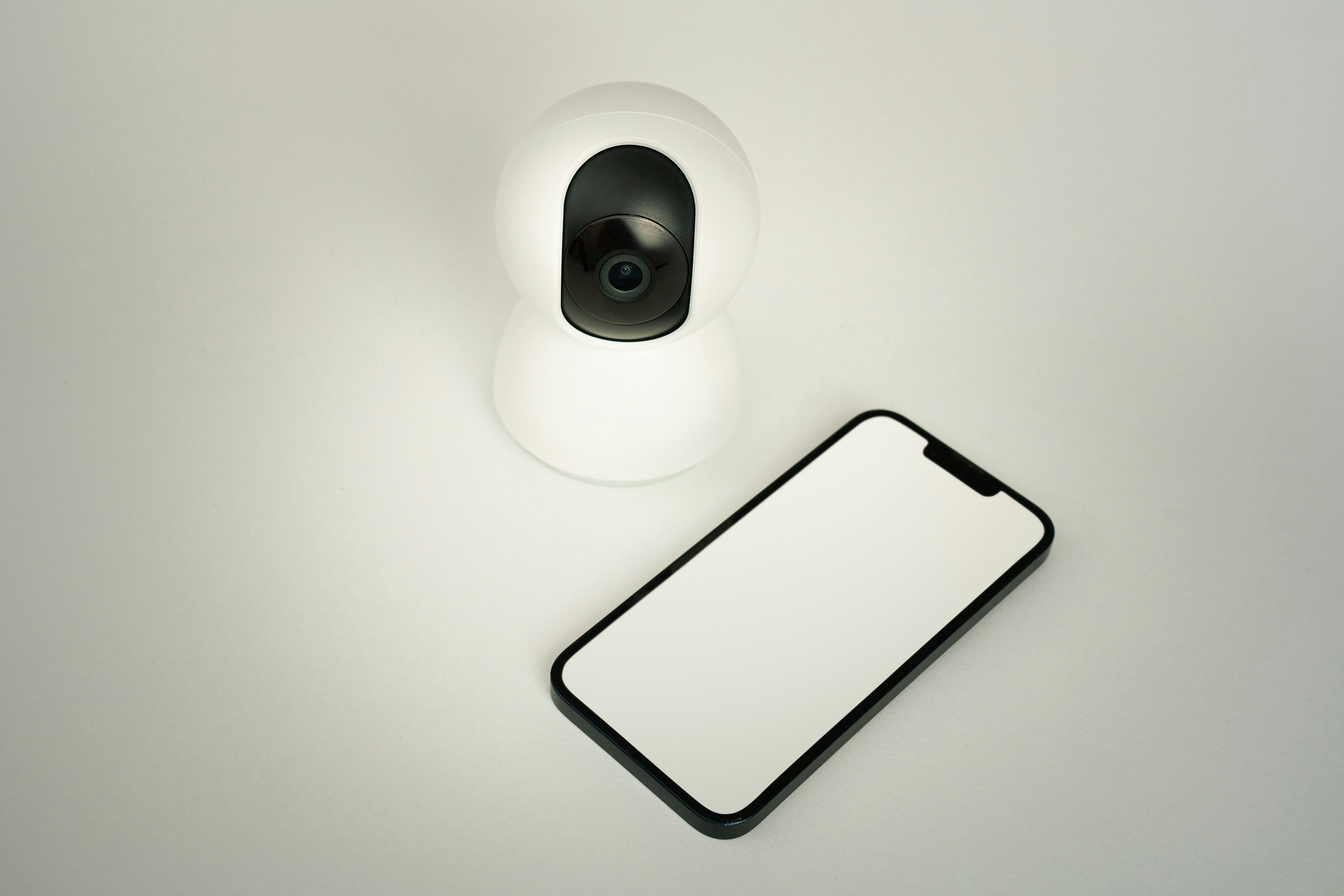Why People Want to Write Their Own NDA
If you’re about to share a new idea with an investor, hire a freelancer, or bring in a new partner, one of the first things you’ll hear about is a Non-Disclosure Agreement (NDA). It’s the simplest way to protect confidential information yet hiring a lawyer to draft one can be expensive.
That’s why many business owners and freelancers wonder: Can I write my own NDA?
The short answer is yes but it’s easy to get wrong. An NDA is only effective if it’s legally binding and clearly worded. A vague or incomplete NDA could leave your ideas unprotected.
In this guide, we’ll explain how you can confidently write your own NDA, what clauses you must include to make it enforceable, and the common mistakes to avoid. If you’d like a faster and safer route, DocLegal.ai lets you generate a legally sound NDA in minutes, tailored to your business and jurisdiction.
1. What Is a Non-Disclosure Agreement (NDA)?
A Non-Disclosure Agreement (NDA) is a legal contract between two or more parties that sets out what information must remain confidential. It’s designed to protect trade secrets,protect ideas, strategies, or any sensitive data shared during discussions or collaborations.
In simple terms, an NDA ensures that information shared is protected by the parties.
Common uses of NDA include:
- When a startup shares business ideas with potential investors
- When a company hires freelancers or consultants
- When two businesses explore a potential partnership
- When employees have access to proprietary information
There are two main types of NDAs:
- One-way NDA: Only one party shares confidential information.
- Mutual NDA: Both parties share and agree to keep each other’s information confidential.
(Tip: You can instantly generate either type of NDA using DocLegal.ai’s smart AI legal templates — just select the purpose and customize the legal templates to your situation.)
2. Can You Write Your Own NDA? (Short Answer: Yes, But...)
You don’t need to be a lawyer to draft an NDA. Anyone can write one — the key is to include the right clauses and use clear, enforceable language.
However, a poorly drafted NDA can do more harm than good. Courts may reject NDAs that are too broad, confusing, or missing essential terms like the governing law or signature.
When writing your own NDA, make sure you:
- Clearly define what “confidential information” includes
- Specify how and why the information will be shared
- State how long the confidentiality obligation lasts
- Include the governing law (the country or state whose laws apply)
- Ensure it’s signed and dated by all parties
Pro Tip: Save time and avoid legal guesswork — DocLegal.ai automatically includes all the essential clauses in NDA ensuring a valid and enforceable NDA in your chosen jurisdiction.
3. Key Clauses in NDA
For a legally binding NDA, it should cover these essential clauses:
- Definition of Confidential Information
- Clearly describe what information is confidential (e.g. business plans, designs, client lists).
- Avoid vague phrases like “all company information.”
- Clearly describe what information is confidential (e.g. business plans, designs, client lists).
- Purpose of Disclosure
- State why the information is being shared (e.g. evaluating a potential partnership).
- State why the information is being shared (e.g. evaluating a potential partnership).
- Obligations of the Receiving Party
- Specify how the receiving party must protect the information — e.g. no sharing, copying, or misuse.
- Specify how the receiving party must protect the information — e.g. no sharing, copying, or misuse.
- Exclusions from Confidentiality
- Mention what information is not confidential, such as publicly available information or details already known before signing NDA.
- Mention what information is not confidential, such as publicly available information or details already known before signing NDA.
- Term and Duration
- Define how long the confidentiality obligation will continue — typically 2 to 5 years after disclosure of confidential information.
- Define how long the confidentiality obligation will continue — typically 2 to 5 years after disclosure of confidential information.
- Jurisdiction and Governing Law
- Choose which country or state’s law governs the agreement. This ensures clarity in case of disputes.
Example: “Each party acknowledges and agrees that this Agreement shall be governed by the laws of [Jurisdiction].”
- Signatures
- Make sure all parties sign and date the NDA — digital signatures are acceptable in most jurisdictions.
- Make sure all parties sign and date the NDA — digital signatures are acceptable in most jurisdictions.
4. Common Mistakes in DIY NDAs (and How to Avoid Them)
Even small drafting errors can make an NDA unenforceable. Here are the most common pitfalls:
Vague definitions: Using unclear terms like “confidential material” without examples.
Fix: List specific types of information you want protected.
Missing expiration date: An NDA without a time limit may be seen as unreasonable.
Fix: Set a realistic duration — e.g., “for three years from the date of signing of NDA.”
No governing law: Without jurisdiction, it’s unclear which court handles disputes.
Fix: Always specify governing law.
No signature or witness: Unsigned NDAs have no legal effect.
Fix: Get both parties to sign; use digital signatures if needed.
Not distinguishing NDA type: Using a one-way NDA when information flows both ways.
Fix: Decide upfront whether you need a one-way or mutual NDA.
5. When to Get Professional or use AI legal document generator for NDA
While you can write a NDA, there are times when professional help is worth it. For example:
(a) Detailed Definition of Confidential Information
- Covers not only written and verbal info, but also trade secrets, technical data, business plans, customer lists, financials, and intellectual property.
- Often includes exceptions (e.g., information already public, independently developed, or legally required to disclose).
Why it matters: A poorly defined scope can make the NDA unenforceable or allow disputes over ‘what is confidential information’.
(b) Multi-party or cross-border considerations
- Involves more than two parties, subsidiaries, or affiliates.
- May involve international laws
Why it matters: Simple NDAs usually assume one-to-one relationships; complex arrangements can trigger regulatory compliance issues.
3. Explicit Use Restrictions
- Limits not only disclosure, but also use of the confidential information.
- May specify project-specific use, prohibition on reverse engineering, or restrictions on copying or storing data.
Why it matters: Incorrectly drafting these clauses can leave loopholes that allow misuse or unintended liability.
4. Term and Survival Provisions
- Specifies how long confidentiality lasts, often beyond the termination of the agreement.
- Includes survival clauses for obligations even after termination.
Why it matters: Misstating these periods can render the NDA ineffective after the collaboration ends.
5. Remedies and Liability
- Includes injunctive relief, equitable remedies, or liquidated damages.
- Sometimes addresses limitations on liability or indemnification obligations.
Why it matters: If drafted incorrectly, you may not be able to enforce the NDA or protect sensitive information in court.
6. Intellectual Property Clauses
- Clarifies ownership of pre-existing IP and any derivative works created during the engagement.
- Often includes license grants or restrictions.
Why it matters: Mismanagement here can lead to inadvertent IP transfers or loss of rights.
7. Governing Law and Jurisdiction
- Specifies which laws and courts govern disputes.
- May include arbitration clauses or venue-specific provisions.
Why it matters: NDAs without this can create uncertainty if disputes arise in multiple jurisdictions.
8. Complex Exceptions and Carve-outs
- Certain disclosures are allowed for legal, regulatory, or internal purposes.
- May include “need-to-know” access rules.
Why it matters: These exceptions must be carefully drafted to avoid undermining confidentiality.
So, Red Flag Indicators You Shouldn’t DIY NDA
- NDA involves multiple parties or cross-border collaboration.
- IP, software, or proprietary technology is part of the discussion.
- You anticipate long-term relationships or ongoing disclosure.
- You need remedies beyond simple damages, like injunctive relief.
In short: if your NDA goes beyond a simple one-to-one confidentiality for a short period, it’s safer to have use DocLegal.ai to write NDA or review NDA. DIY NDAs often fail because they leave gaps in definition, scope, enforcement, or legal compliance.
AI assistance can transform your workflow, With DocLegal.ai, you can:
- Generate NDA tailored to your situation
- Review your draft for missing clauses
- Get suggestions to make it legally sound
(That’s less than the cost of a single coffee — and far less than hiring a lawyer.)
Generate your NDA now on DocLegal.ai — less than the price of your daily coffee.
Bonus: Quick FAQ
1. Is a handwritten NDA legal?
Yes, as long as it contains all key clauses and signatures. Though digital or typed NDAs are preferred for clarity.
2. Can you make an NDA without a lawyer?
Absolutely. AI tools like DocLegal.ai let you draft NDA and review NDAs without needing a lawyer.
3. How long should an NDA last?
Generally 2 years after the information is shared, unless it involves long-term trade secrets.
Pooja Batra has over 10 years of in-house legal experience at large multinational companies. She has advised on a wide range of corporate and commercial matters, including drafting, reviewing, and negotiating contracts and agreements across various business lines. At DocLegal.ai, she applies her expertise to help small businesses and professionals navigate legal documents efficiently and confidently.

.jpg)




.jpg)
